

Rob-n-Hild Take the High Road!
Click links to jump to specific days:
Start | Nerdy
| Stranger Things
| Stairs Stairs Stairs
|
|||||||||||||||||||||||||||||||||||||||||||||||||||||||||||||||
|
Exploring Chester |
|||||||||||||||||||||||||||||||||||||||||||||||||||||||||||||||
| We knew today was going to be a bit hot - around 30 degrees - so we got up early, had breakfast, and went to Chester for some sightseeing. Since we now rise with the sun - as one does while camping in a tent - we arrived in downtown Chester at 8 am. We found a convenient parking garage near Chester Market. This is also where we found this wild boar statue that honours the Roman XX Legion who built Chester. Their symbol was a wild boar. | |||||||||||||||||||||||||||||||||||||||||||||||||||||||||||||||
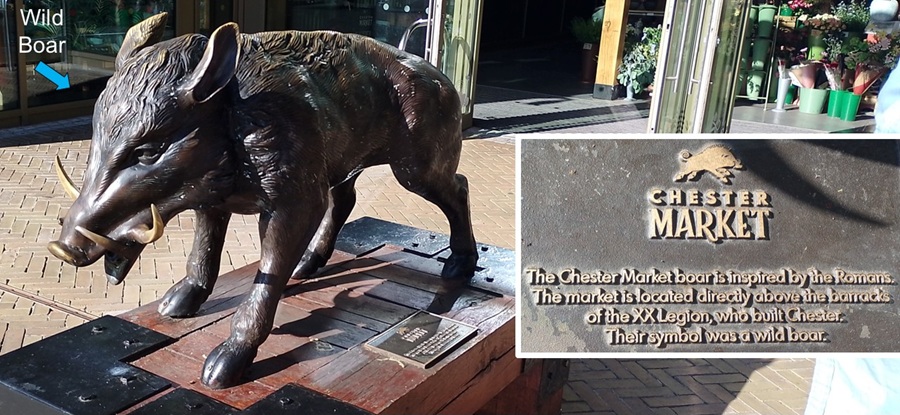
|
|||||||||||||||||||||||||||||||||||||||||||||||||||||||||||||||
| Since we beat everyone to Chester except the shop keepers opening up their shops, we got some nice "empty" shots of the historic streets. We particularly wanted to explore the black and white buildings and the famous Rows. | |||||||||||||||||||||||||||||||||||||||||||||||||||||||||||||||
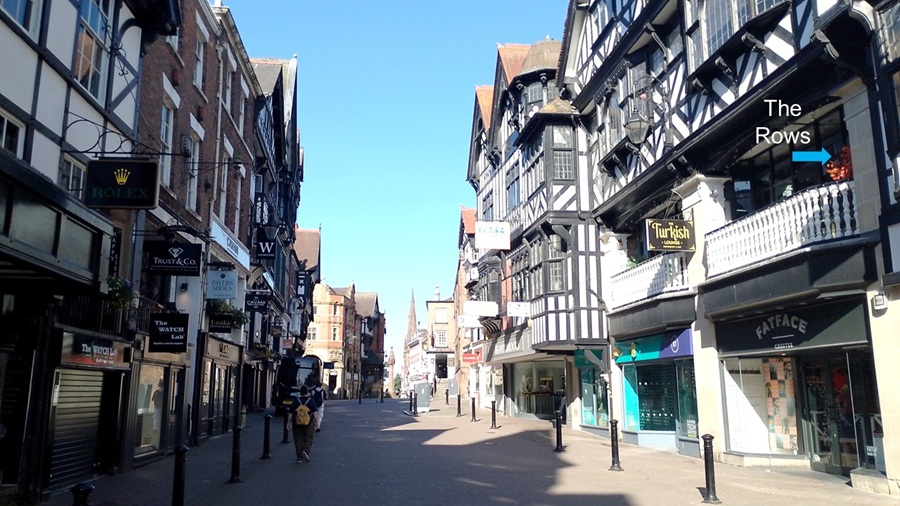
|
|||||||||||||||||||||||||||||||||||||||||||||||||||||||||||||||
| The Rows are another shop front found when climbing stairs up from street-level. There seems to be disagreement on the purpose of this street design, so we'll leave that to the experts. | |||||||||||||||||||||||||||||||||||||||||||||||||||||||||||||||
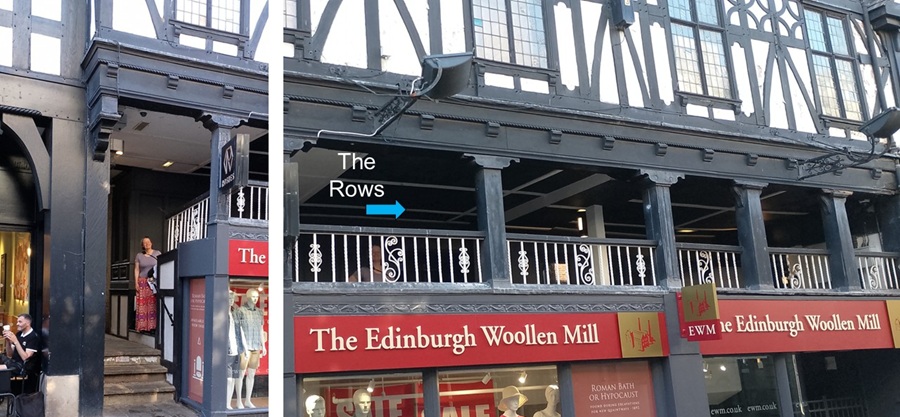
|
|||||||||||||||||||||||||||||||||||||||||||||||||||||||||||||||
| We thought it was fun to walk along the Rows. Most of the stores are a bit up-market for us, but window shopping is free! | |||||||||||||||||||||||||||||||||||||||||||||||||||||||||||||||
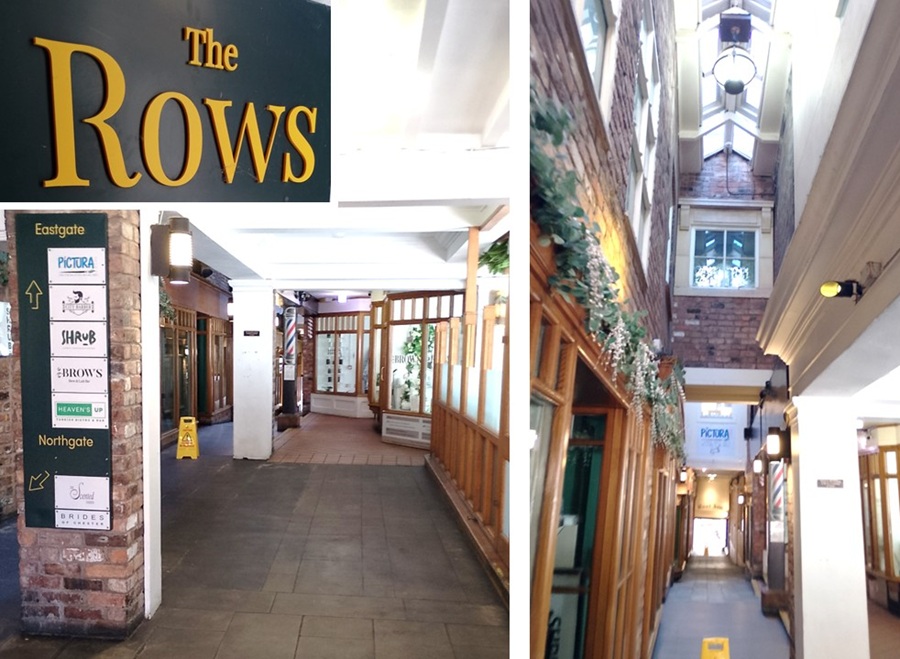
|
|||||||||||||||||||||||||||||||||||||||||||||||||||||||||||||||
| It was time to walk the Roman Walls around Chester. We decided to start at the North Gate and walk clockwise. | |||||||||||||||||||||||||||||||||||||||||||||||||||||||||||||||

|
|||||||||||||||||||||||||||||||||||||||||||||||||||||||||||||||
| Of course, that meant that Rob had to climb some more Roman-built stairs. | |||||||||||||||||||||||||||||||||||||||||||||||||||||||||||||||
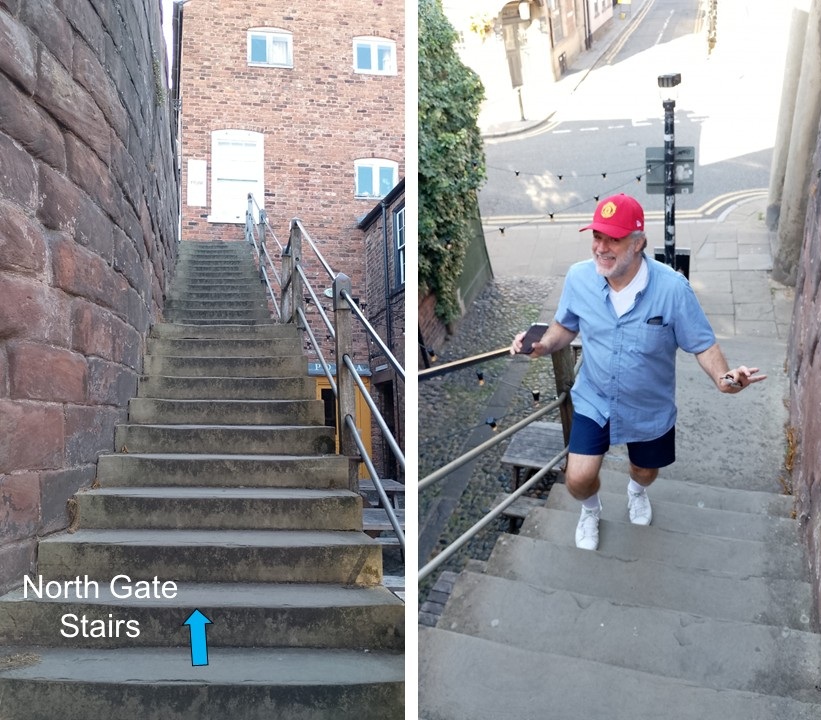
|
|||||||||||||||||||||||||||||||||||||||||||||||||||||||||||||||
| Sections of the Wall changed from overlooking shops and apartments and canals and the River Dee. | |||||||||||||||||||||||||||||||||||||||||||||||||||||||||||||||
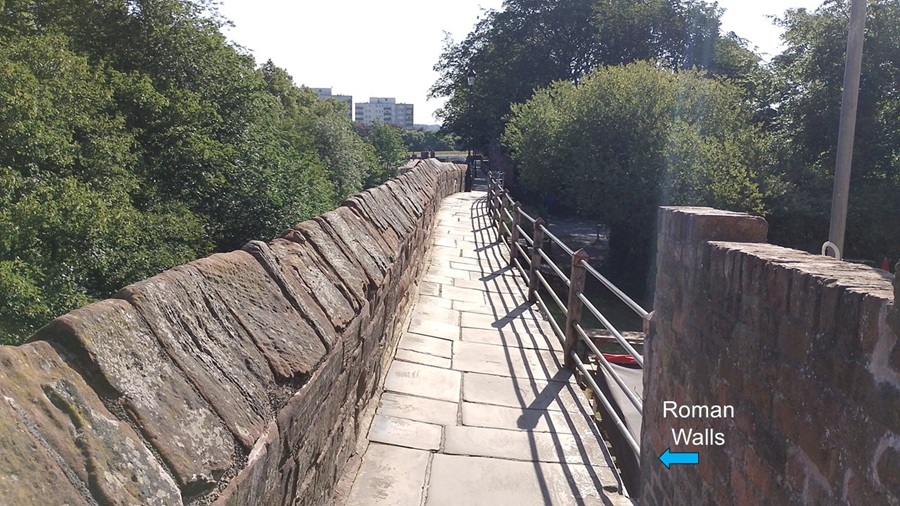
|
|||||||||||||||||||||||||||||||||||||||||||||||||||||||||||||||
| Sometimes we had good shade from the sun and other times it was beautifully sunny. | |||||||||||||||||||||||||||||||||||||||||||||||||||||||||||||||
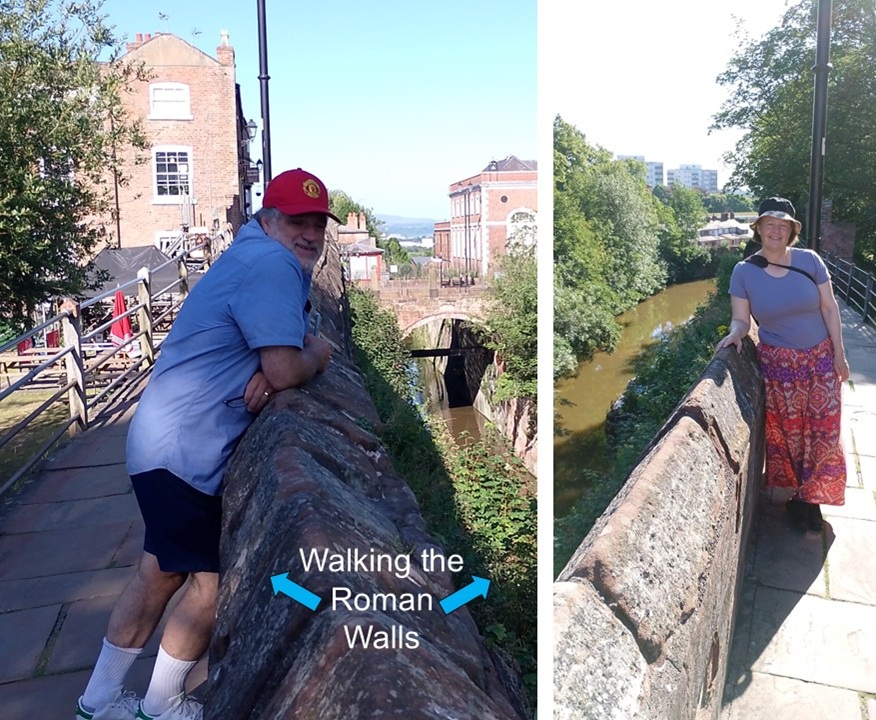
|
|||||||||||||||||||||||||||||||||||||||||||||||||||||||||||||||
| At regular intervals along the wall, we would be treated to yet another historic structure and story. We first came upon King Charles Tower. King Charles Tower was a medieval watch-tower. Legend has it that King Charles I watched his Royalist forces being defeated at the Battle of Rowton Moor. This is Rob, posing as he imagines King Charles did. | |||||||||||||||||||||||||||||||||||||||||||||||||||||||||||||||
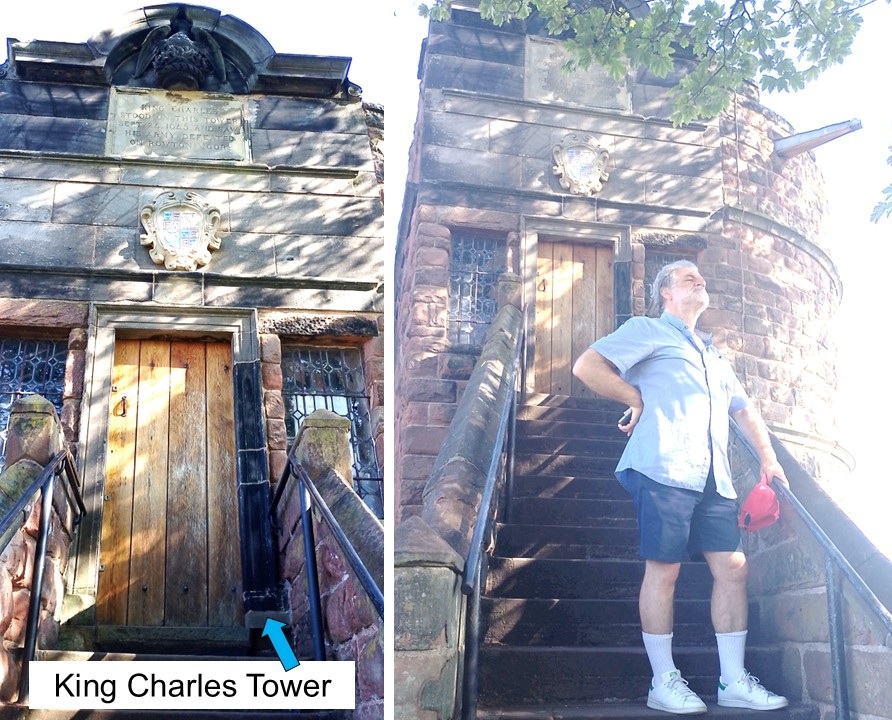
|
|||||||||||||||||||||||||||||||||||||||||||||||||||||||||||||||
| There was not much history in this pigeon house near the Walls. All we've got to say is: When you install a pigeon-house you will get pigeons. Your neighbours may not thank you... | |||||||||||||||||||||||||||||||||||||||||||||||||||||||||||||||

|
|||||||||||||||||||||||||||||||||||||||||||||||||||||||||||||||
| More fun than pigeons was the view of beautiful Chester Cathedral. | |||||||||||||||||||||||||||||||||||||||||||||||||||||||||||||||
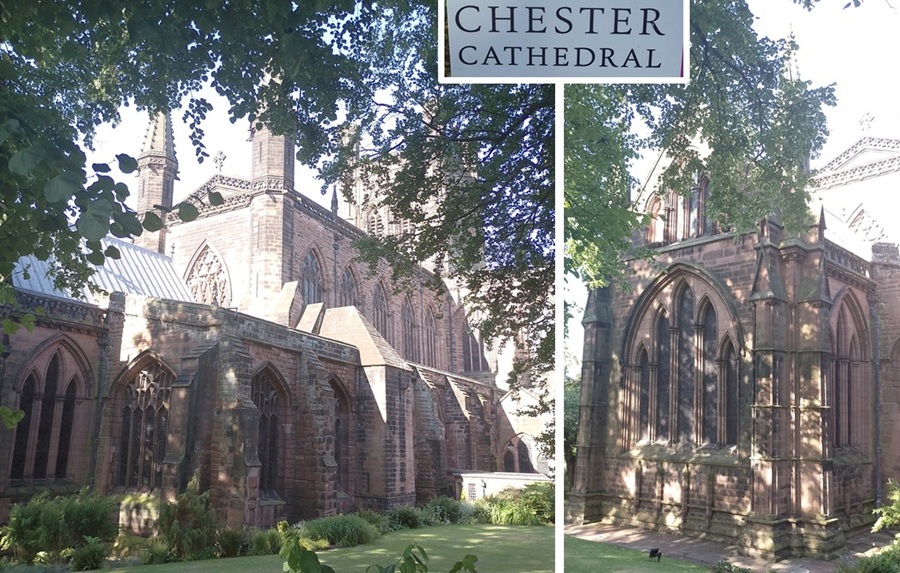
|
|||||||||||||||||||||||||||||||||||||||||||||||||||||||||||||||
| The Bell Tower next to the Cathedral was quiet when we walked by. At about 2 pm it started dinging furiously. From a distance it was a nice thing, but we were happy not to be standing near it then. | |||||||||||||||||||||||||||||||||||||||||||||||||||||||||||||||

|
|||||||||||||||||||||||||||||||||||||||||||||||||||||||||||||||
| The East Gate clock is the most photographed clock in Britain – second only to Big Ben in London. We added a few photos to its tally. | |||||||||||||||||||||||||||||||||||||||||||||||||||||||||||||||

|
|||||||||||||||||||||||||||||||||||||||||||||||||||||||||||||||
| They keep fixing sections of the wall and even excavating more sites. Much has changed and improved since we last were here in the 80s and 90s. | |||||||||||||||||||||||||||||||||||||||||||||||||||||||||||||||
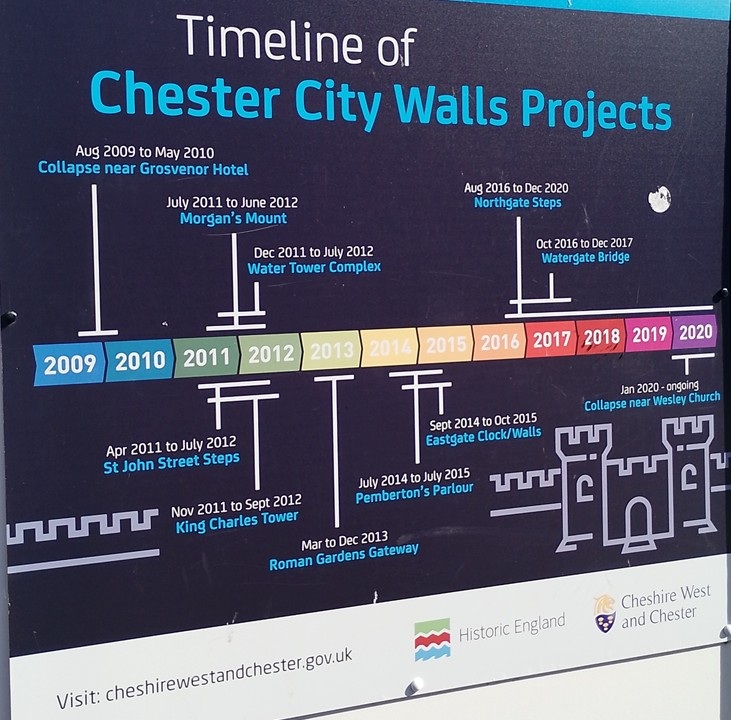
|
|||||||||||||||||||||||||||||||||||||||||||||||||||||||||||||||
| The Roman amphitheatre in Chester is the largest in Britain. Not all of it is visible and there is constant discussion on whether to excavate or not. The trade-off lies between excavating the Roman ruins that are covered by some medieval ruins that are covered by a Victorian house. You try to choose! | |||||||||||||||||||||||||||||||||||||||||||||||||||||||||||||||
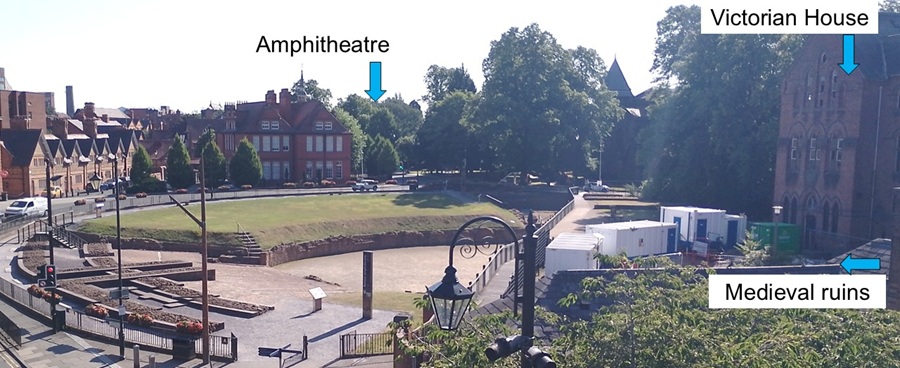
|
|||||||||||||||||||||||||||||||||||||||||||||||||||||||||||||||
| The Roman Gardens is a replica, first laid out in 1949, of what has been found at different sites. This shows their columns and parts of their bath houses. | |||||||||||||||||||||||||||||||||||||||||||||||||||||||||||||||
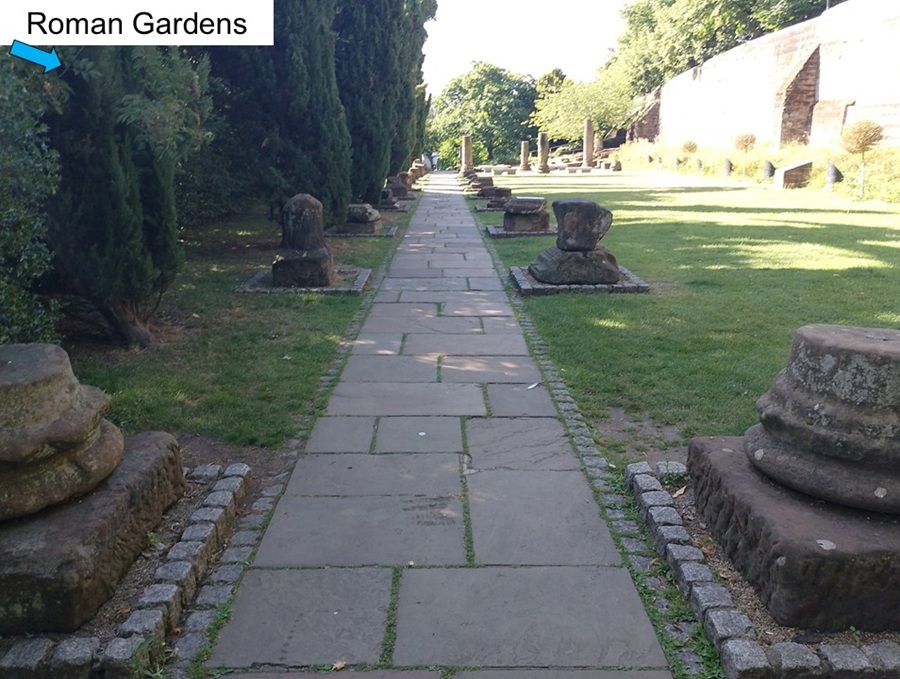
|
|||||||||||||||||||||||||||||||||||||||||||||||||||||||||||||||
| The exercised and bathed in luxury – including raised floors with fires to heat from below. They also had rooms at different temperatures called: Caldarium (hot), Tepidarium (warm), and Frigidarium (cold). Hild thinks these words sound made-up. | |||||||||||||||||||||||||||||||||||||||||||||||||||||||||||||||
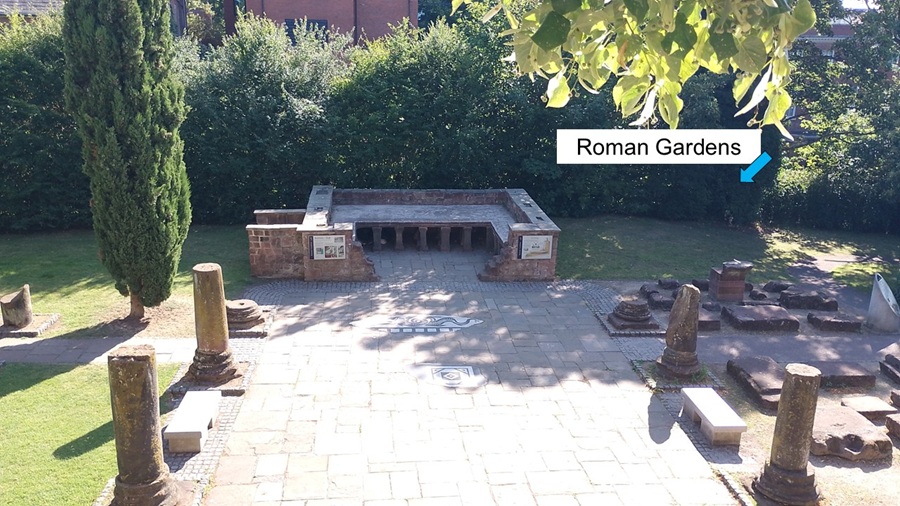
|
|||||||||||||||||||||||||||||||||||||||||||||||||||||||||||||||
|
A see-through screen helped us see an illustration of how the
wall was damaged along this section during the 1644 siege.
During the Civil War between King Charles I and Parliament (1642-46), Parliament soldiers besieged the city in 1644. They set up cannon emplacements and began to bombard the City Walls. The city surrendered in 1646. Stepping around the screen we could clearly see repairs that had been done to restore the wall section. |
|||||||||||||||||||||||||||||||||||||||||||||||||||||||||||||||
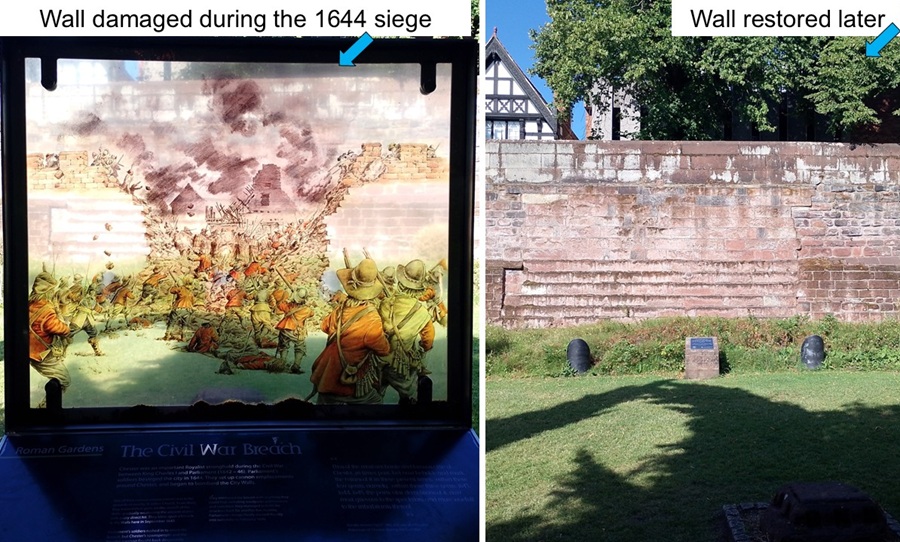
|
|||||||||||||||||||||||||||||||||||||||||||||||||||||||||||||||
| Some of the tile work they had was on display shown in these replicas. We concluded that the Romans had a lot of spare time on their hands. Possibly because they were good at staying in power and also had a number of slaves to do the hard work... | |||||||||||||||||||||||||||||||||||||||||||||||||||||||||||||||
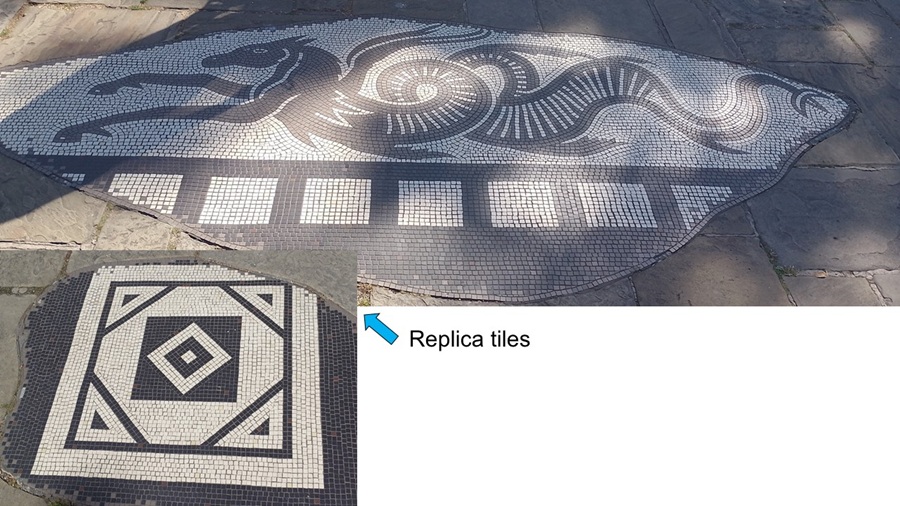
|
|||||||||||||||||||||||||||||||||||||||||||||||||||||||||||||||
| Near the River Dee we found a crocodile - not a cat - on a hot tin roof! | |||||||||||||||||||||||||||||||||||||||||||||||||||||||||||||||
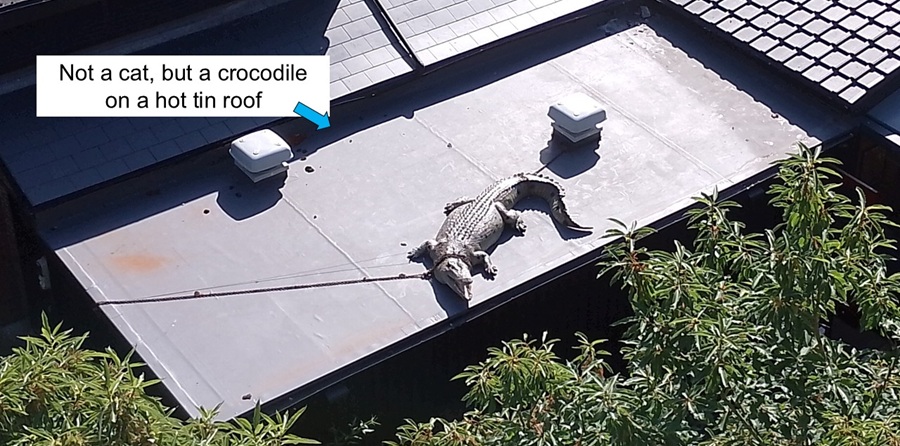
|
|||||||||||||||||||||||||||||||||||||||||||||||||||||||||||||||
|
The stone bridge was built in 1387 after the wooden one got swept away.
The weir was built by the Normans around 1092, and is the tidal limit of the River Dee.
The pools below the weir were good for salmon fishing. In medieval times it was rented out for fishing, but the Abbot of Chester and his monks could fish there for free. How nice.. |
|||||||||||||||||||||||||||||||||||||||||||||||||||||||||||||||
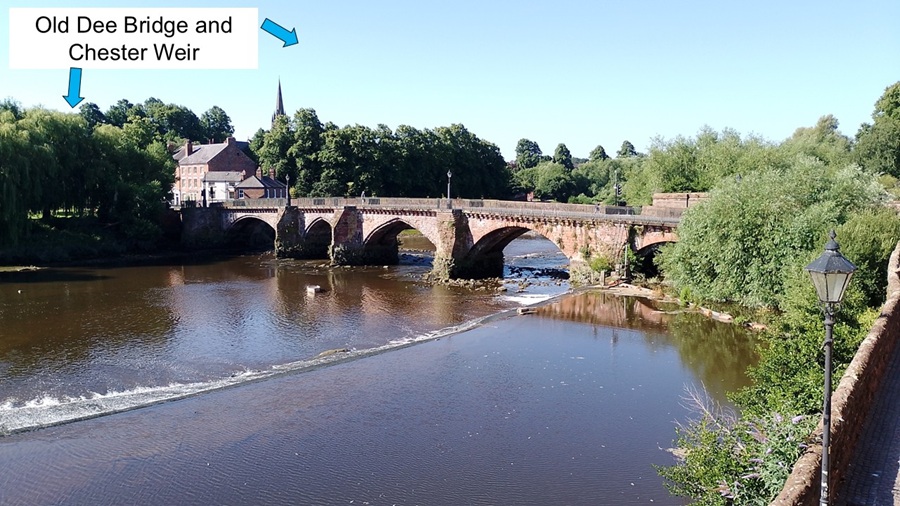
|
|||||||||||||||||||||||||||||||||||||||||||||||||||||||||||||||
|
William the Conqueror built Chester’s first castle in 1070 –
made out of wood. During the 12th and 13th centuries the castle
was rebuilt in stone and extended for the various Earls of Chester.
The castle became a royal base for the conquest of north Wales. At some points the Irish Parliament met here when there was too much unrest back home! The last Norman earl died in 1273, and since 1301 the earldom has been passed down to each Prince of Wales. |
|||||||||||||||||||||||||||||||||||||||||||||||||||||||||||||||
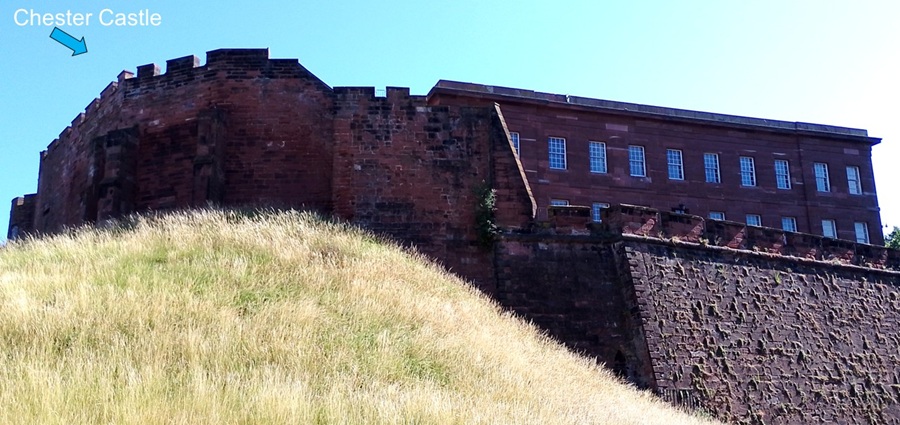
|
|||||||||||||||||||||||||||||||||||||||||||||||||||||||||||||||
| Our wall-walk took us past Chester Racecourse. There was some activity there in the early morning because it is a race day. There have been races here since 1539 and it was then known as the Roodee. | |||||||||||||||||||||||||||||||||||||||||||||||||||||||||||||||
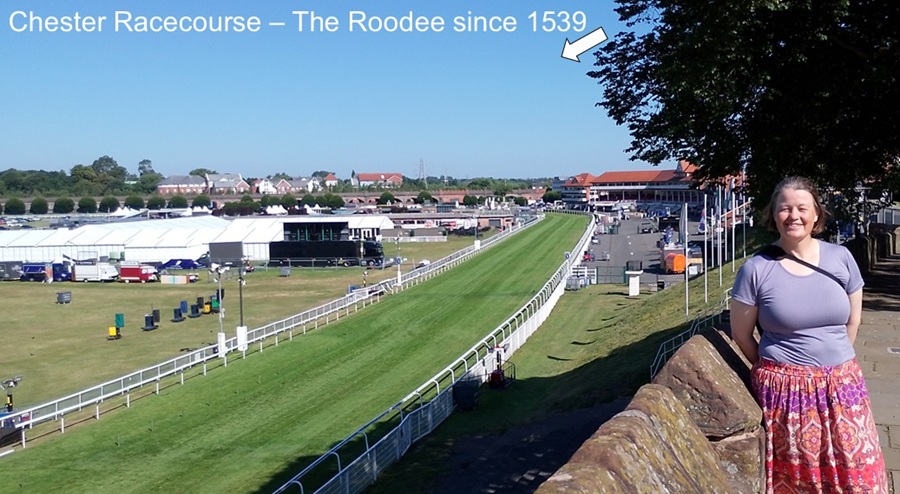
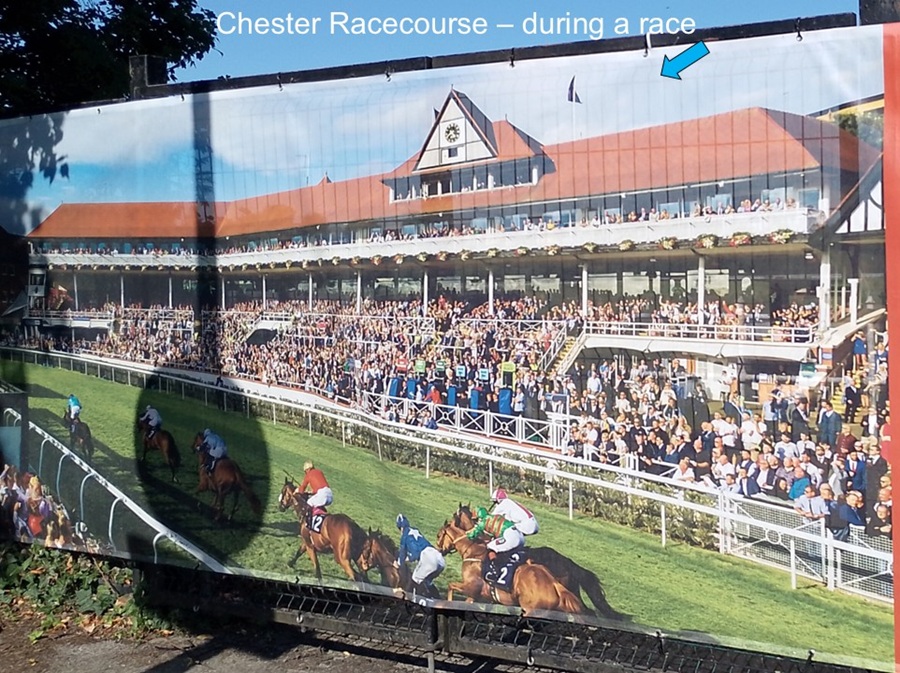
|
|||||||||||||||||||||||||||||||||||||||||||||||||||||||||||||||
| The water level in the River Dee used to be much higher. Ships could navigate all the way up here and dock at the Water Gate. It was the main landing point for goods arriving by sea: herring, wine, linen, corn, brushwood and slate. There was, of course, a tax office to collect a share of the profits. Since then, the river has silted up and can only really bring in canal boats. | |||||||||||||||||||||||||||||||||||||||||||||||||||||||||||||||
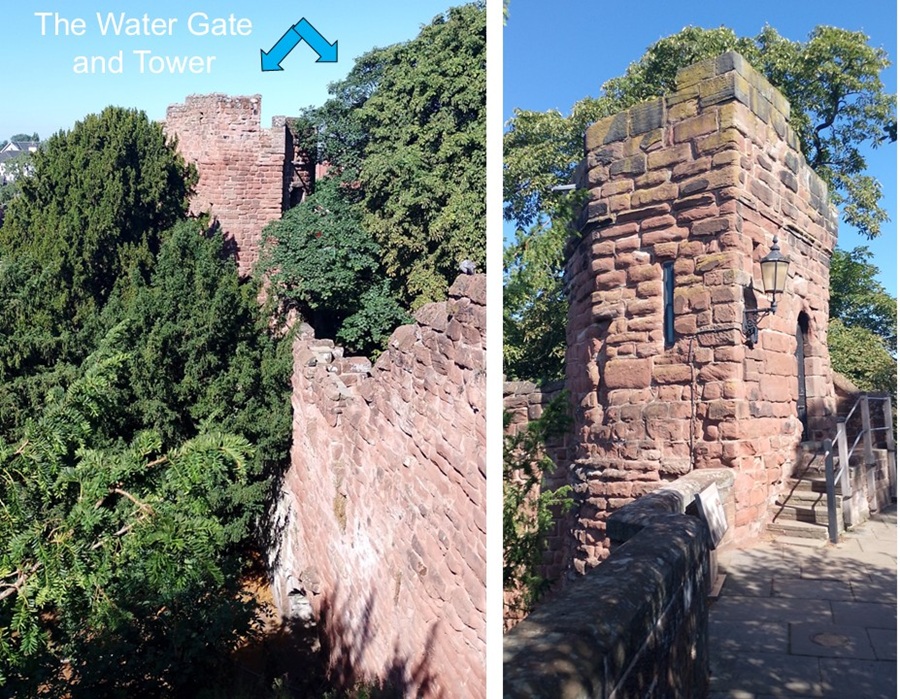
|
|||||||||||||||||||||||||||||||||||||||||||||||||||||||||||||||
|
We enjoyed a break while watching others work. A workman was
helping a boat climb the lock gates from River Dee up to the
Shropshire Union Canal main line. It was a hot day and they had
to run up and down the stairs.
The man in charge said he does accept help from kids and youth, and they then are issued with a certificate in lock gate operation. We are too old. |
|||||||||||||||||||||||||||||||||||||||||||||||||||||||||||||||
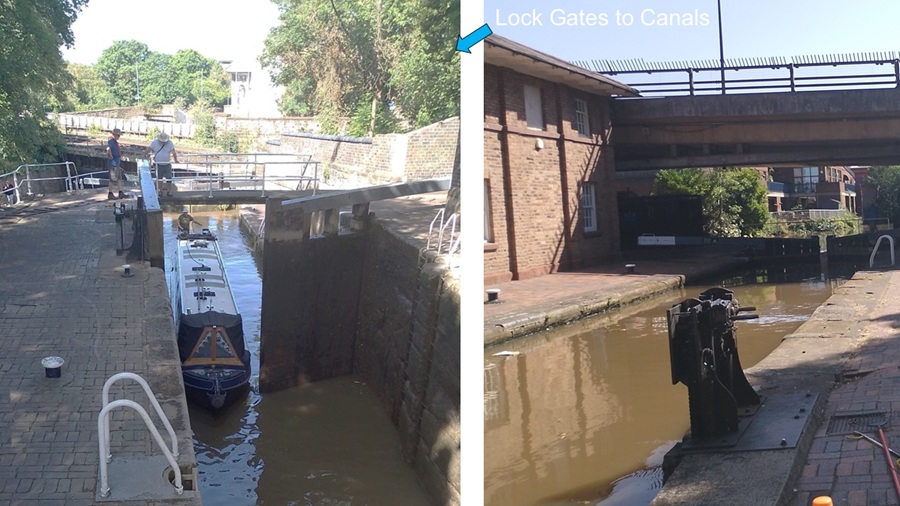
|
|||||||||||||||||||||||||||||||||||||||||||||||||||||||||||||||
| Instead of helping, we watched and enjoyed a cold drink and an Eccles cake. Hild was not prepared for the sheer number of currants inside the cake! Half of it was yummy though. | |||||||||||||||||||||||||||||||||||||||||||||||||||||||||||||||

|
|||||||||||||||||||||||||||||||||||||||||||||||||||||||||||||||
| The walk along the towpath on the Shropshire Canal was cool and entertaining. | |||||||||||||||||||||||||||||||||||||||||||||||||||||||||||||||
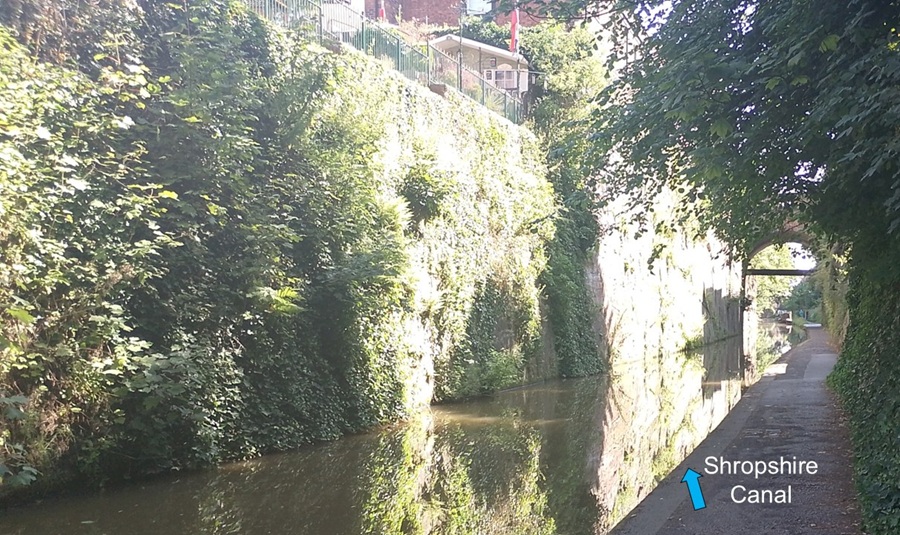
|
|||||||||||||||||||||||||||||||||||||||||||||||||||||||||||||||
| There were several colourful canalboats – like this one – while some were in terrible and unloved state. | |||||||||||||||||||||||||||||||||||||||||||||||||||||||||||||||
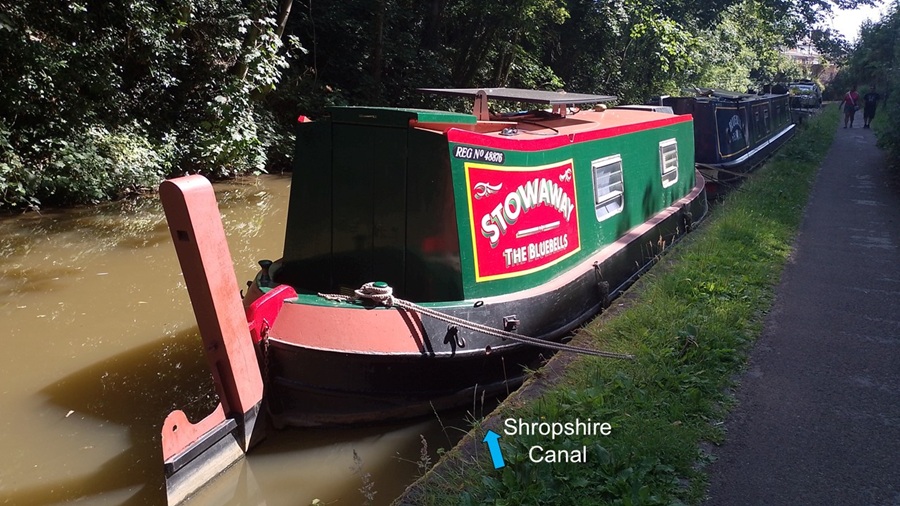
|
|||||||||||||||||||||||||||||||||||||||||||||||||||||||||||||||
| We learnt that the grooves seen in the rock along the canal were rope marks from years of towing boat along here. | |||||||||||||||||||||||||||||||||||||||||||||||||||||||||||||||
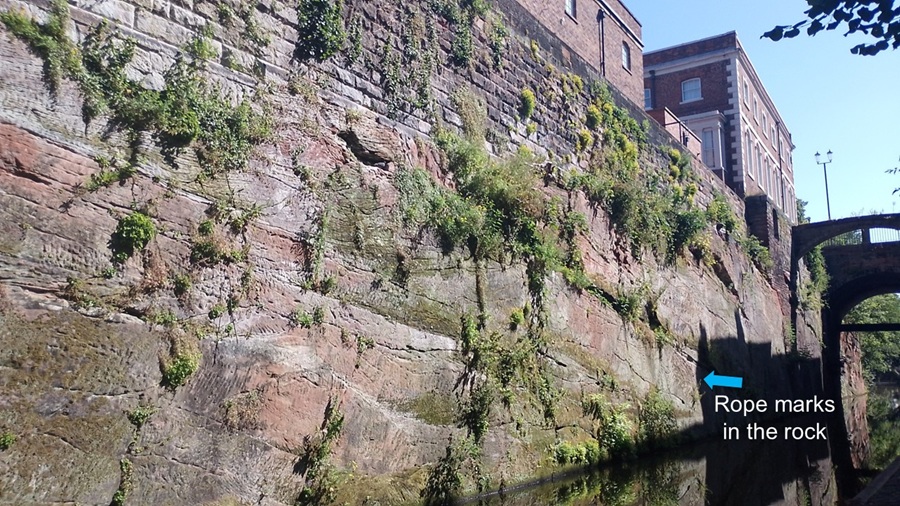
|
|||||||||||||||||||||||||||||||||||||||||||||||||||||||||||||||
|
St. John’s church was a Cathedral and Collegiate Church from 1075
until the Reformation in 1541. Then the Monasteries were dissolved
and it became a mere parish church. The 14th century walls were just
abandoned, and new walls were built inside it since they couldn’t
afford to keep such a large church.
No one knows its origins, but a 13th century coffin with “Dust to Dust” written in it was found in the 19th century. Coffin looks to have been for a very skinny person. Weird. |
|||||||||||||||||||||||||||||||||||||||||||||||||||||||||||||||
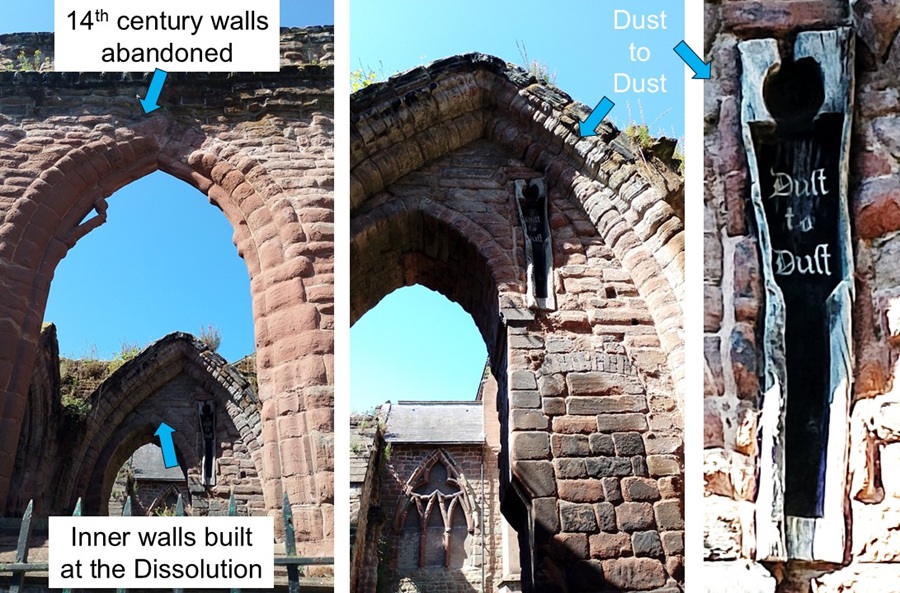
|
|||||||||||||||||||||||||||||||||||||||||||||||||||||||||||||||
| We enjoyed a relaxing break by the bandstand on the River Dee. People were renting small/slow motorboats to cruise the river. The river boats were offering guided tours. One river boat was called Lady Diana and the other one Mark Twain. We learnt that in nautical terms, “Mark Twain” means 2 fathoms, or 12 feet. That is how deep the water must be for the Mississippi riverboats. It wasn’t just a random pen name for author Samuel Clemens. We learn something new every day. | |||||||||||||||||||||||||||||||||||||||||||||||||||||||||||||||
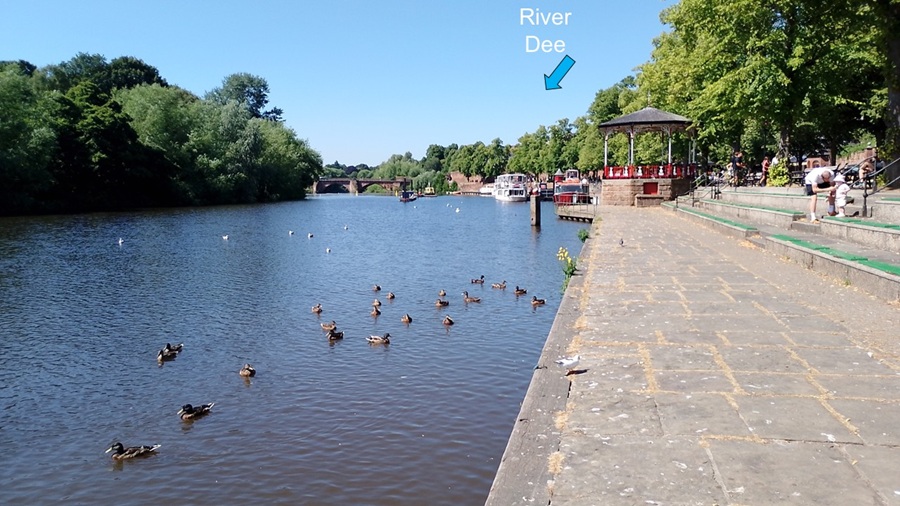
|
|||||||||||||||||||||||||||||||||||||||||||||||||||||||||||||||
| Rob has memories of fishing on the River Dee back in 1979 when he was chased away from his fishing equipment by an angry swan. Then – to add injury to insult – the swan ate all Rob’s maggots. How rude! Bad swan...It should be added that this swan did notice Rob waving his finger and talking at him. The swan was not perturbed and just swam straight towards Rob. We left quickly because we had no maggots to offer this time. | |||||||||||||||||||||||||||||||||||||||||||||||||||||||||||||||
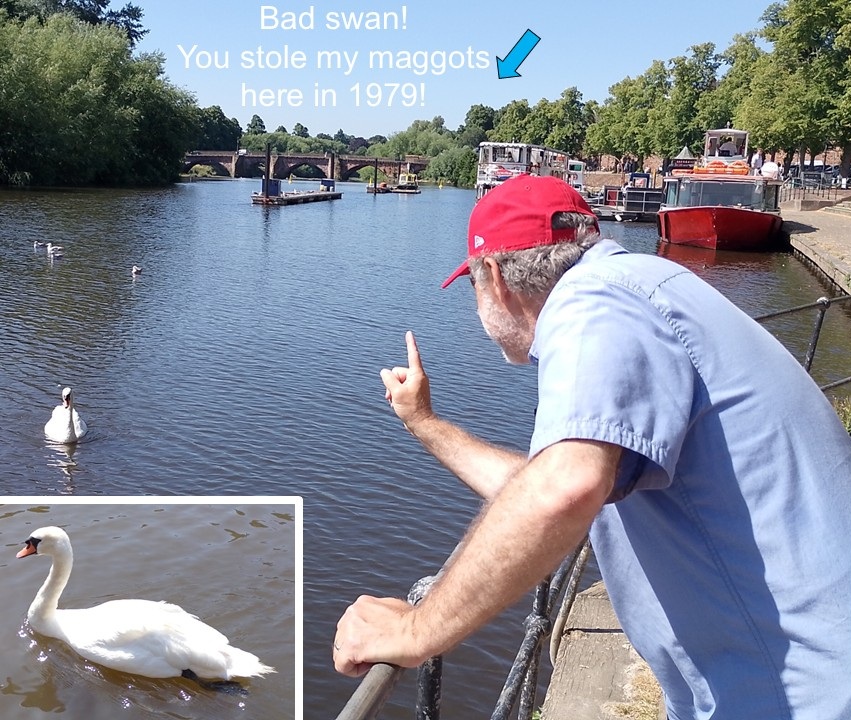
|
|||||||||||||||||||||||||||||||||||||||||||||||||||||||||||||||
| Suddenly, it was time for the most important event of the day: our Canadian meet-up with Abella, Nicole, and Mauricio. By coincidence we were all travelling through Chester on the same day. How fun! We enjoyed lunch together at Chester Market. | |||||||||||||||||||||||||||||||||||||||||||||||||||||||||||||||
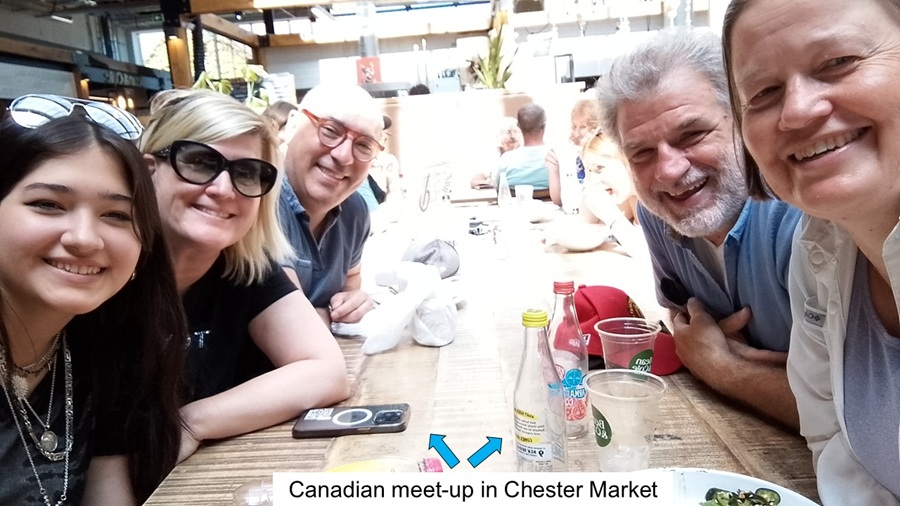
|
|||||||||||||||||||||||||||||||||||||||||||||||||||||||||||||||
| Canadian’s sightseeing – included Chester Walls, Roman Gardens, and the racetrack. We caught some glimpses of the dressed-up people heading to today’s race. We were not dressed for that event. | |||||||||||||||||||||||||||||||||||||||||||||||||||||||||||||||
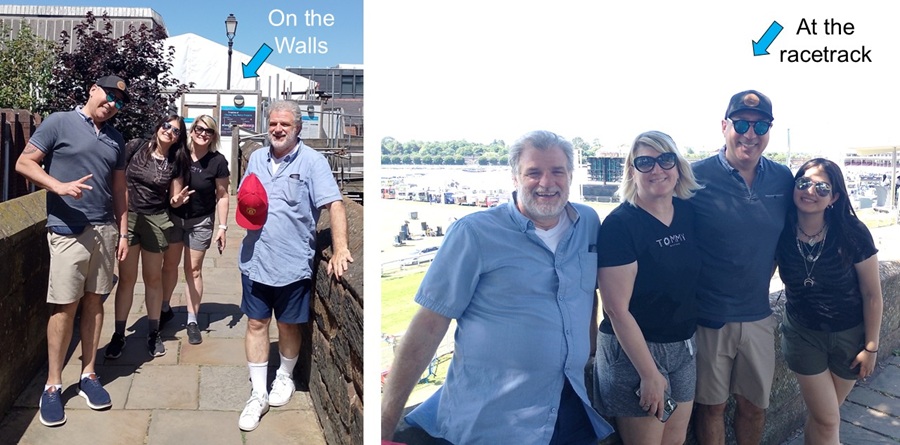
|
|||||||||||||||||||||||||||||||||||||||||||||||||||||||||||||||
|
After saying goodbye to our Canadian friends, we went to fill Percy with diesel.
On the way we did a little side-trip to
Budworth Sailing Club. This is where Rob and Martin learnt to sail.
The gate was locked so we couldn’t go in for better photo that this.
We found out later that Hild’s cousin, Rod, used to sail there too in his dinghy a bit more recently than when Rob and Martin were there. |
|||||||||||||||||||||||||||||||||||||||||||||||||||||||||||||||
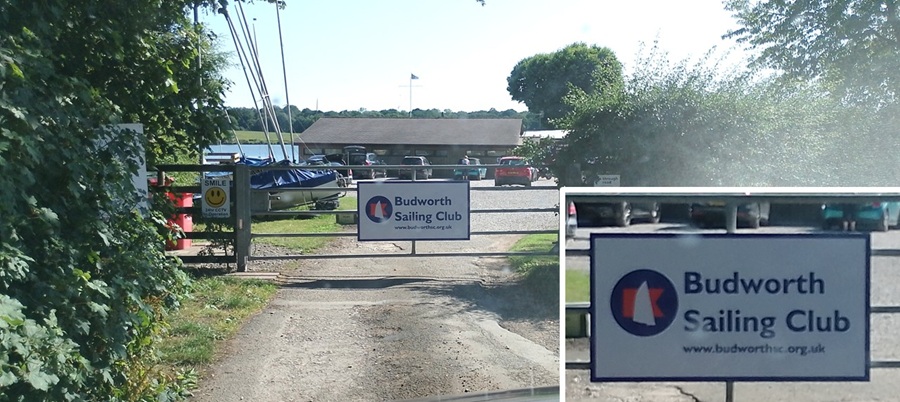
|
|||||||||||||||||||||||||||||||||||||||||||||||||||||||||||||||
| We stopped by St Peter’s Church in Delamere to visit Uncle Oliver’s grave. | |||||||||||||||||||||||||||||||||||||||||||||||||||||||||||||||
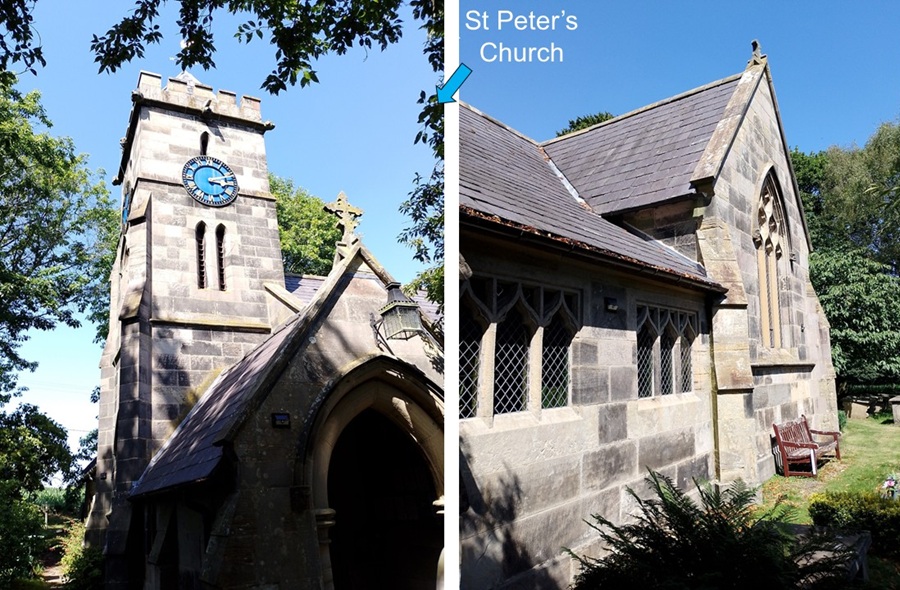
|
|||||||||||||||||||||||||||||||||||||||||||||||||||||||||||||||
| We talked about last time we saw him and Auntie Mary – first at our wedding in 1995 and then during our honeymoon trip through the UK. We left some lavender flowers and thanked them for the happy memories. | |||||||||||||||||||||||||||||||||||||||||||||||||||||||||||||||
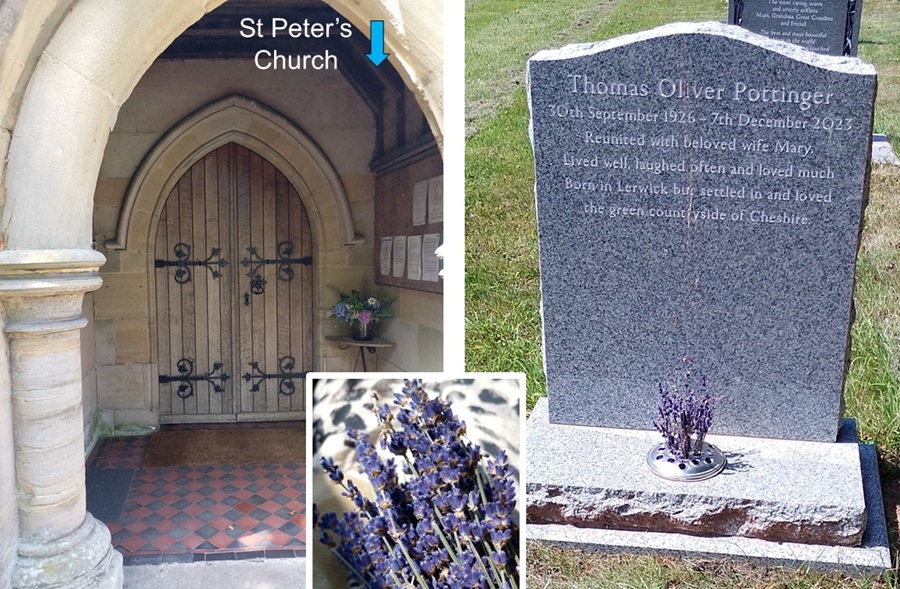
|
|||||||||||||||||||||||||||||||||||||||||||||||||||||||||||||||
| Coming up: Shays Farm Campsite (Chester) | |||||||||||||||||||||||||||||||||||||||||||||||||||||||||||||||
Start
| To Previous Day
| To Next Day
| Nerdy
| Stranger Things
| Stairs Stairs Stairs
May-July 2025
May-July 2025

